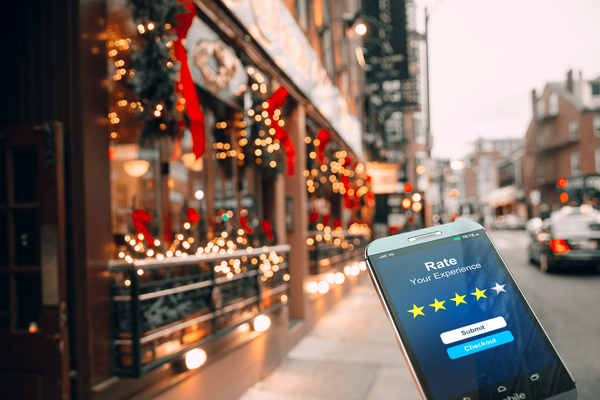Let's Talk Ghost Kitchens
Though they might sound spooky, ghost kitchens leave little reason for consumers to be alarmed. Ghost kitchens prepare food for delivery-only brands owned or licensed by the business in the absence of a brick and mortar location. They are virtual brands owned or licensed by the business.
By condensing the restaurant model to accommodate off-premise food sales without a traditional dine-in space, ghost kitchens trim the costs of real estate, labor, and menu innovation amongst other things. Rather than seating guests indoors, the central component of the ghost kitchen business model is deliveries made by the restaurant or by a third party service.
The significant growth experienced in the food delivery industry provided an opportunity for ghost kitchens to grow in recent years. Pre-COVID-19, food delivery apps were already busy reshaping the way the restaurant industry operated. The increasing number of people ordering food at home, typically through third party delivery applications, essentially set the stage for ghost kitchens to capitalize.
The COVID-19 pandemic has further catapulted this business model to the forefront of the restaurant industry, attracting billions of dollars in tech industry investment. Stay-at-home mandates forced consumers away from restaurants and subsequently led to many operations closing down nationwide. Naturally, ghost kitchens were able to thrive in this environment and find their niche.
Ghost kitchens are far from a fad. The ghost kitchen economy is here to stay and has the potential to completely reshape the way consumers think about restaurants. As the definition of a restaurant continues to evolve and adapt, ghost kitchens are one of the first non-traditional restaurant models that appears viable for the long term future. Marqii will certainly keep an eye on this new, exciting, business model as it continues to come to fruition.





